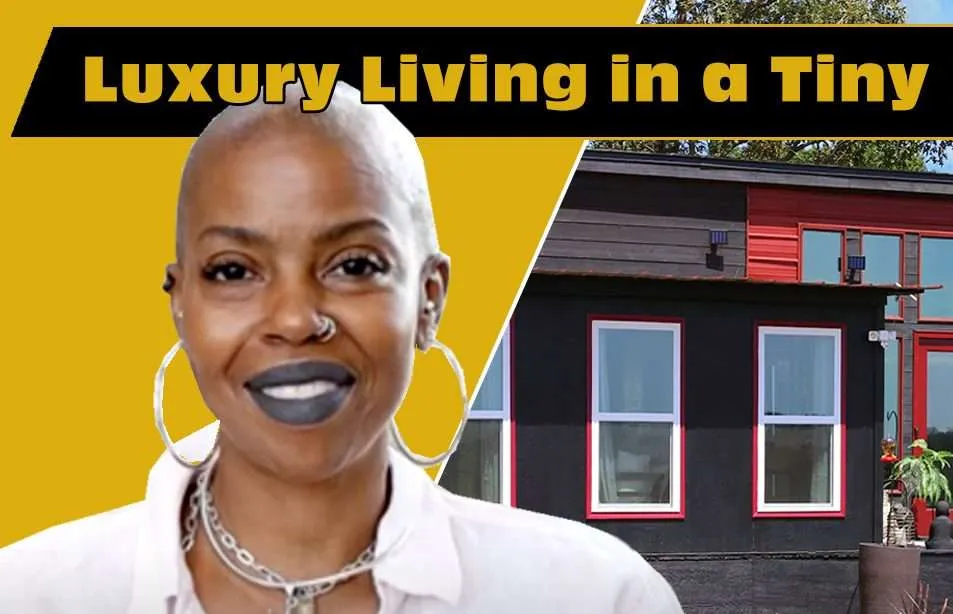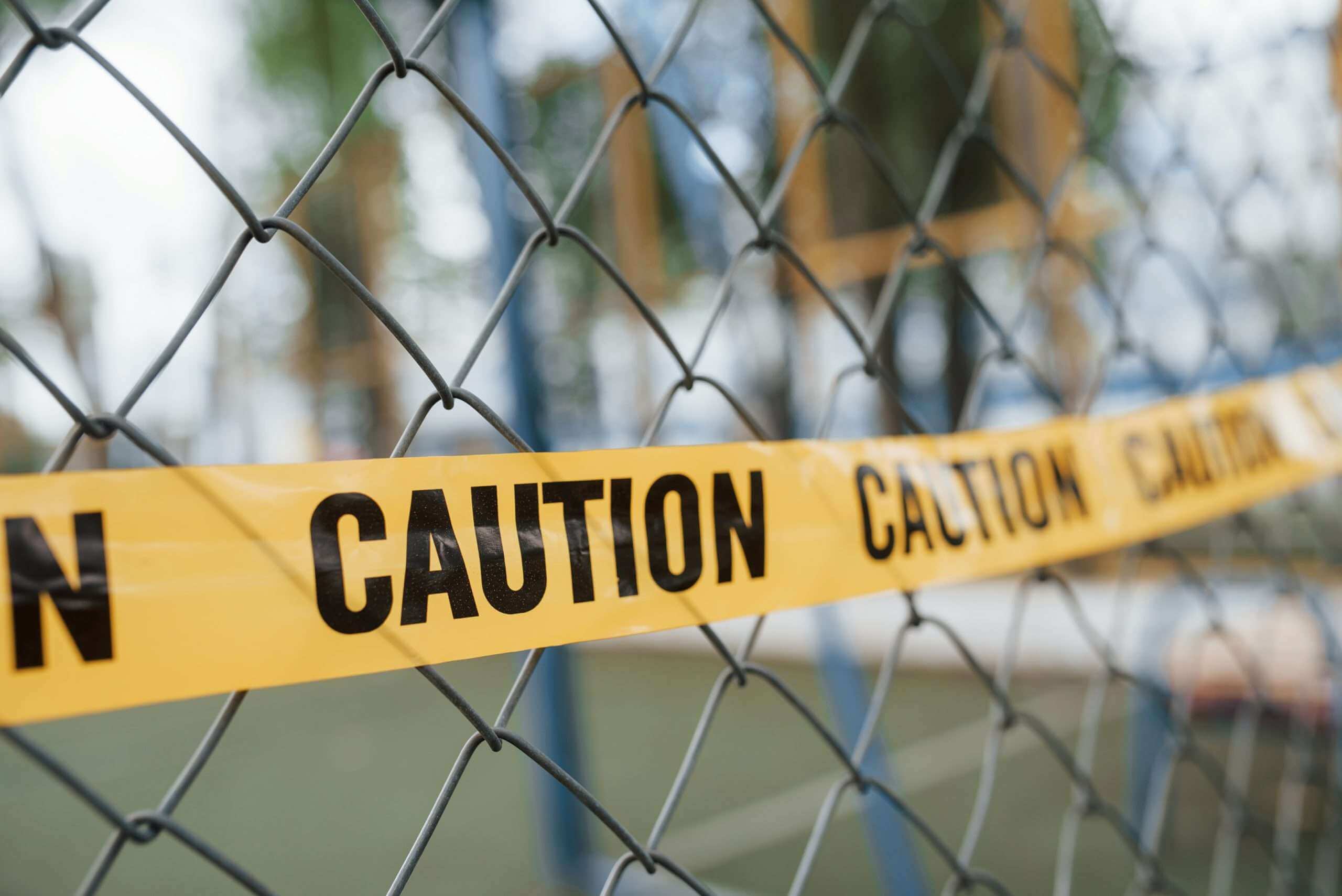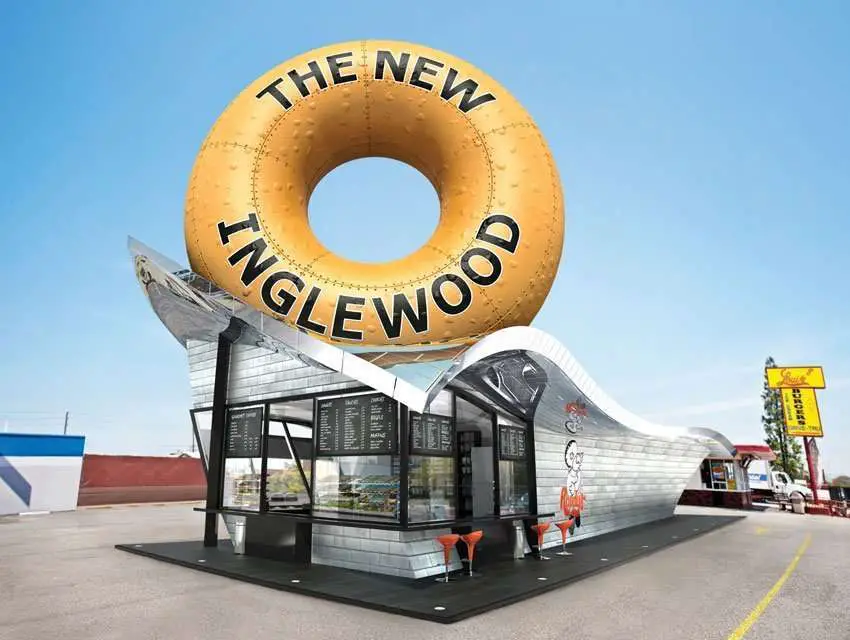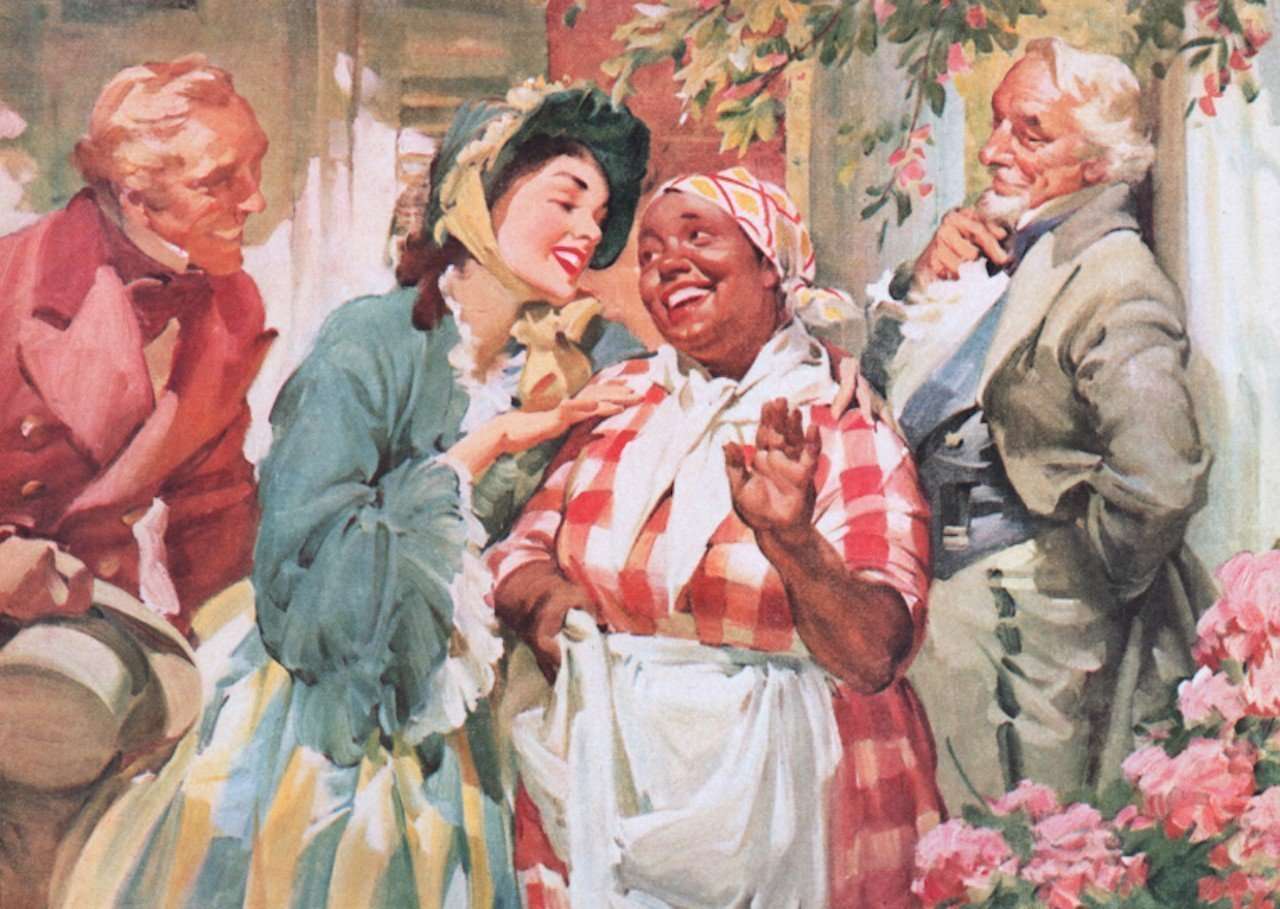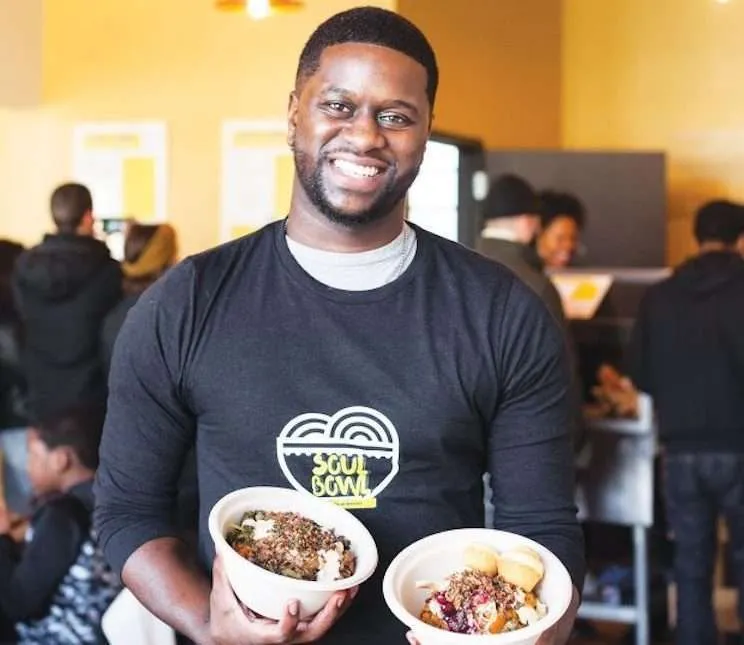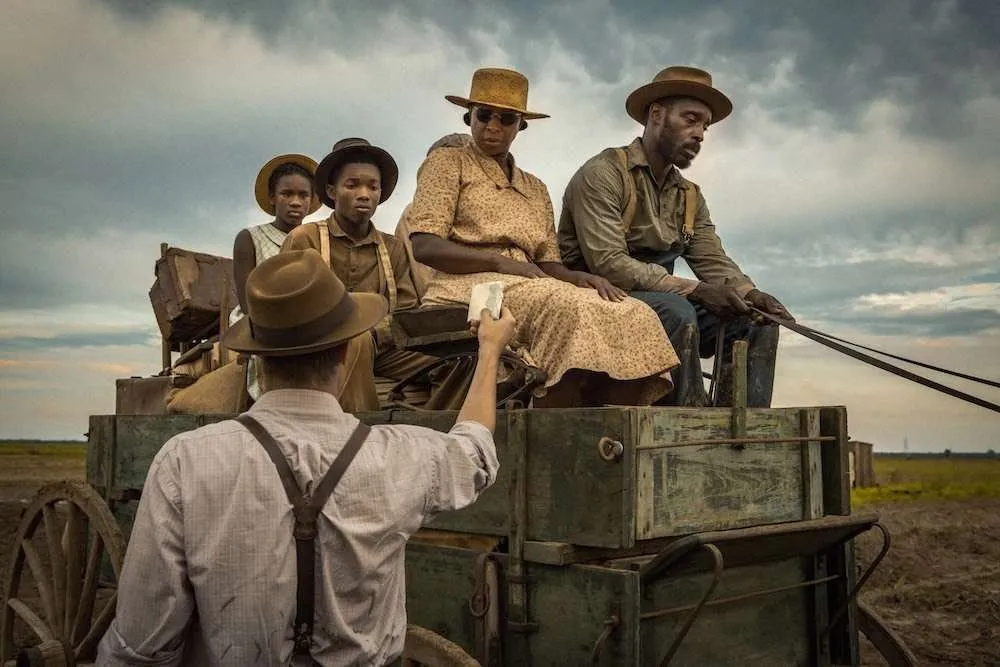Featured
These Cities have the Most Black Homeless Population
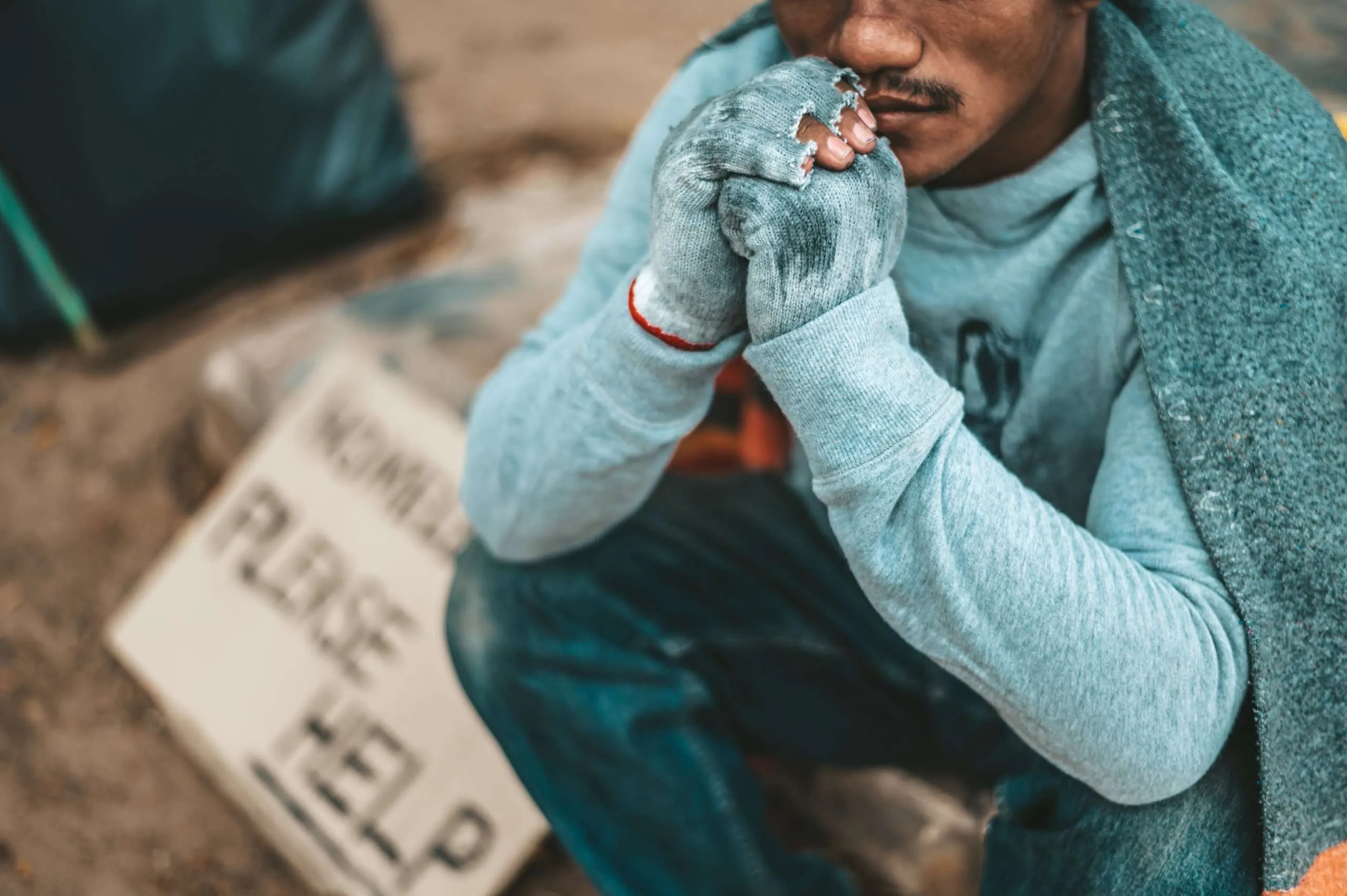
Black Americans make up just 13% of the US population but almost 40% of the US homeless population.
In 1863, the Emancipation Proclamation liberated millions of enslaved African Americans. That act was an event that created mass Black homelessness.
Many newly freed individuals found themselves without shelter, congregating on the fringes of Union Army camps and in Northern cities, seeking refuge and opportunity. These makeshift settlements were among the earliest instances of mass Black homelessness in the United States.
WATCH our video based on this article:
The Reconstruction era held the promise of integrating African Americans into society as equal citizens. Yet, Southern states enacted “Black Codes,” restrictive laws designed to limit the freedoms of Black individuals. These codes curtailed economic opportunities and often criminalized unemployment, leading to increased displacement and homelessness among African Americans.
The Great Migration, the movement of Black people from the South to the North, Midwest, and West, meant better economic opportunities and also different types of discrimination, like redlining.
When all of these things add up, it creates a community that’s economically far behind the general population.
WATCH our video on why Black people are 13x poorer in America
Black Homelessness in America’s Big Cities
According to HUD’s 2023 Annual Homelessness Assessment Report, 650,000 people in America lack permanent shelters. That number reflected the most number of homeless people since this report was first published in 2007. That number was also a 12 percent increase over 2022.
New York, Vermont, and Oregon had the highest per-capita rates of homelessness.
There are currently 243,624 Black homeless people in America.
The following have the highest number of Black homeless population.
1. New York city’s homeless population reached an unprecedented levels this year, with approximately 120,513 individuals sleeping in shelters each night. Additionally, thousands more were unsheltered or temporarily residing with others, bringing the estimated total to over 350,000 individuals experiencing homelessness in the city.
Racial disparities are evident within this crisis. Among heads of households in shelters, approximately 56% are Black. That’s for a city with an overall Black population of 23%.
2. Los Angeles County has a homeless population of 75,312, of which 34% are Black. And the Black population in LA is about 9%.
3. Chicago’s homeless estimation was about 18,800 in 2024. Of those individuals, 45% were Black. Chicago is 28% Black.
4. Seattle has a homeless population of 16,868. 15% of that population is Black while only 7% of the county’s population is Black.
5. In metropolitan Denver, 14,281 people are experiencing homelessness. Black people make up only 5% of the Denver metro population but 15% of the homeless population.
6. The next 3 spots take us back to California. San Diego, San Jose, and Oakland areas all have similar homelessness numbers, hovering around 10,000. There is no racial data for the homeless community in San Diego and San Jose but in Oakland, 52.5% of the homeless community is Black. That’s in a city that’s 24% Black. That percentage was higher in 2022, showing 60% of the homeless population in Oakland was Black.
7. San Francisco is another city in California with a high percentage of Black homelessness. There are around 8300 homeless individuals in the city of San Francisco. Black people make up only 6% of San Francisco but 38% of the city’s homeless population.
8. Phoenix has a homeless population of 9,435. Only 6% of the Phoenix metro is Black but 29% of the homeless population here is Black.



